
Conditions
Lower Back Pain in Singapore

Dr Thor Timothy
Consultant Pain Specialist & Anaesthesiologist
MBBS (S'pore), MMed (Anaesthesiology), FFPMANZCA (USA), EDPM (Europe),FAM (S'pore)
What Is Lower Back Pain?
Lower back pain is one of the most common reasons people seek medical care. It refers to discomfort or pain in the lumbar region, the area between the bottom of the ribcage and the top of the pelvis. This pain can range from a mild, dull ache to severe, debilitating pain that affects mobility and quality of life.
Lower back pain can be acute (lasting less than six weeks), sub-acute (lasting six to twelve weeks), or chronic (persisting for more than twelve weeks). It may arise suddenly due to an injury or develop gradually due to age-related changes or lifestyle factors.
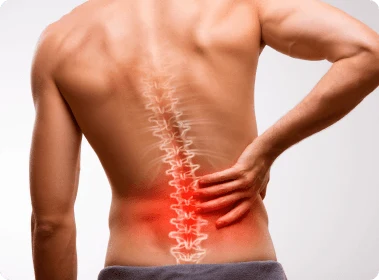
What Causes Lower Back Pain?
There are numerous causes of lower back pain, and identifying the specific source is key to identifying effective treatment. Some of the most common causes include:
Muscle Strains and Ligament Sprains – Overstretching or tearing of muscles and ligaments due to heavy lifting, sudden movements, or poor posture.
Herniated or Bulging Discs – Discs that cushion the vertebrae can bulge or rupture, pressing on nearby nerves and causing pain.
Degenerative Disc Disease – Age-related wear and tear can lead to weakened discs, resulting in pain and stiffness.
Spinal Stenosis – Narrowing of the spinal canal, which can put pressure on the spinal cord and nerves, leading to pain and numbness.
Arthritis – Osteoarthritis or inflammatory conditions like rheumatoid arthritis can cause lower back pain by affecting the joints in the spine.
Sciatica – Compression or irritation of the sciatic nerve can lead to sharp, radiating pain that extends from the lower back to the legs.
Scoliosis or Other Spinal Deformities – Abnormal spinal curvature can result in chronic pain.
Osteoporosis – Weakened bones can lead to fractures in the spine, causing severe pain.
Infections or Tumors – Though rare, infections in the spine or cancerous growths can be underlying causes of persistent lower back pain.
Common Accompanying Symptoms of Lower Back Pain
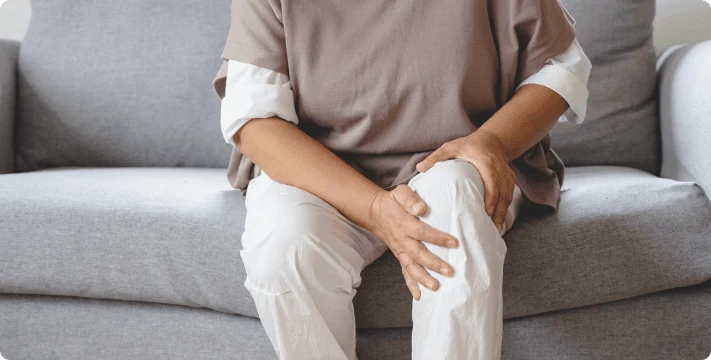
Lower back pain is often associated with additional symptoms, depending on the underlying cause. These may include:
Stiffness and reduced range of motion
Pain that worsens with movement, prolonged sitting, or standing
Radiating pain into the buttocks, hips, or legs (as seen in sciatica)
Muscle weakness or spasms
Numbness, tingling, or burning sensations in the legs
Difficulty standing upright or walking
In severe cases, loss of bladder or bowel control (which requires immediate medical attention)
How Is the Underlying Cause Diagnosed?
A doctor will use a combination of medical history, physical examination, and diagnostic tests to determine the cause of lower back pain. The diagnostic process may involve:
Medical History Assessment – Understanding the patient's symptoms, lifestyle, past injuries, and medical conditions.
Physical Examination – Evaluating posture, range of motion, and identifying areas of tenderness or weakness.
Imaging Tests – X-rays, MRI (Magnetic Resonance Imaging), or CT (Computed Tomography) scans provide detailed images of the spine and surrounding tissues.
Nerve Studies – Electromyography (EMG) and nerve conduction studies can assess nerve function and detect nerve-related issues.
Blood Tests – To rule out infections, inflammatory conditions, or metabolic disorders.
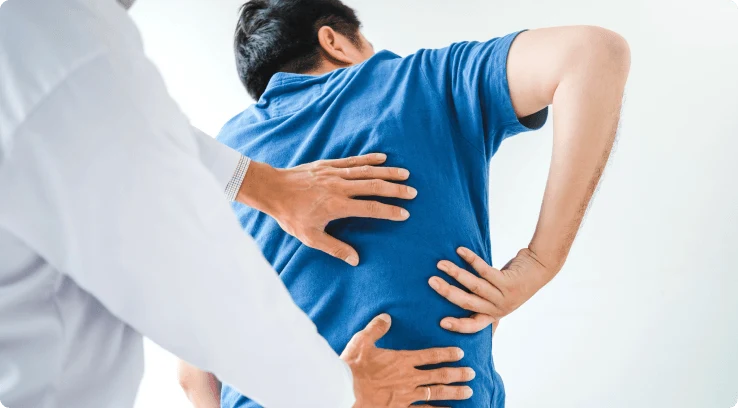
Risk Factors For Lower Back Pain
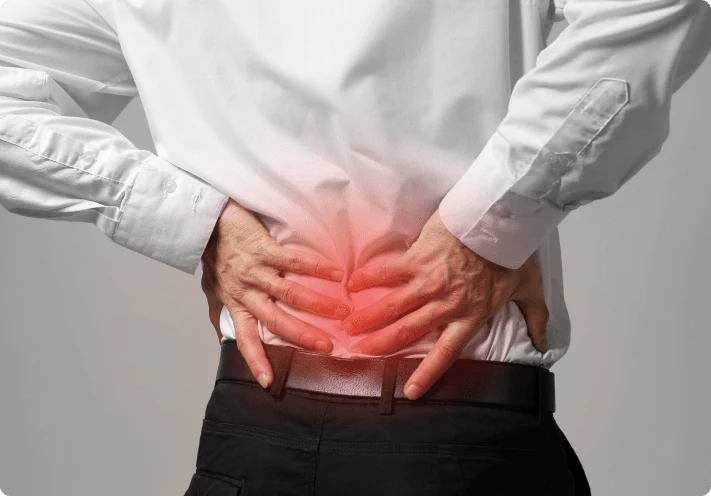
Certain factors can increase the likelihood of developing lower back pain. These include:
Age – The risk of degenerative conditions like osteoarthritis and disc disease increases with age.
Sedentary Lifestyle – Lack of physical activity weakens core muscles that support the lower back.
Obesity – Excess weight puts added stress on the spine and joints.
Poor Posture – Sitting or standing incorrectly for prolonged periods can lead to muscle strain.
Repetitive Movements – Jobs or activities involving heavy lifting, bending, or twisting increase the risk of injury.
Smoking – Reduces blood flow to spinal tissues, increasing the risk of disc degeneration.
Genetics – Family history of spinal conditions may predispose individuals to lower back pain.
Stress and Mental Health – Anxiety and depression can amplify the perception of pain and contribute to muscle tension.
How is Lower Back Pain Treated?
Treatment for lower back pain varies depending on the underlying cause, severity, and duration of symptoms. These include:
Conservative Treatments
For mild to moderate cases, initial treatment often includes:
Rest and Activity Modification - Avoiding activities that worsen pain while staying moderately active.
Physiotherapy - Strengthening and stretching exercises to improve flexibility, posture, and core stability.
Medications - Over-the-counter pain relievers (NSAIDs like ibuprofen), muscle relaxants, or prescribed medications for more severe pain.
Heat and Cold Therapy - Applying heat to relax muscles or ice packs to reduce inflammation.
Posture and Ergonomic Adjustments - Using supportive chairs, maintaining good posture, and modifying workspaces.
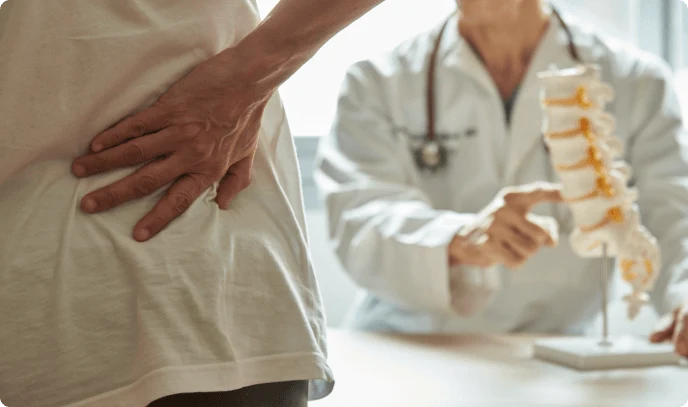
When To Seek Medical Attention For Lower Back Pain?

While mild lower back pain may resolve with self-care, certain symptoms will require medical evaluation:
Persistent pain lasting more than a few weeks
Severe pain that does not improve with rest
Pain radiating down the legs, especially below the knee
Weakness, numbness, or tingling in the legs
Difficulty controlling bladder or bowel function
Pain following a fall, injury, or trauma
Unexplained weight loss accompanying back pain
GET IN TOUCH
Contact Us Today
For more information about our services, or to make an appointment, please reach out to us. We will get back to you as soon as possible.

Frequently Asked Questions
Yes, stress and anxiety can lead to muscle tension, poor posture, and increased pain perception, all of which contribute to lower back pain.

Lower Back Pain Specialist in Singapore
Dr Thor Timothy
Consultant Pain Specialist & Anaesthesiologist
MBBS (S’pore), MMed (Anaesthesiology), FFPMANZCA, FIPP (USA), EDPM (Europe), FAM (S’pore)
MBBS (S’pore), MMed (Anaesthesiology), FFPMANZCA, FIPP (USA), EDPM (Europe), FAM (S’pore)
Accreditations & Qualifications:
Bachelor of Medicine, Bachelor of Surgery (Singapore)
Master of Medicine in Anaesthesiology (Singapore)
Fellow of the Faculty of Pain Medicine, Australian & New Zealand College of Anaesthetists
Fellow of Interventional Pain Practice (USA)
European Diploma in Pain Medicine
Fellow of the Academy of Medicine, Singapore
Dr Thor Timothy is a consultant anaesthesiologist and pain specialist in Singapore with nearly 20 years of medical experience, including over a decade in pain medicine. Formerly the Director of Acute Pain Services at Singapore General Hospital, He specialises in managing and treating lower back pain with treatment plans designed to provide relief and restore mobility. He holds multiple international pain medicine qualifications and is dedicated to delivering compassionate, multidisciplinary care tailored to each patient’s needs.
